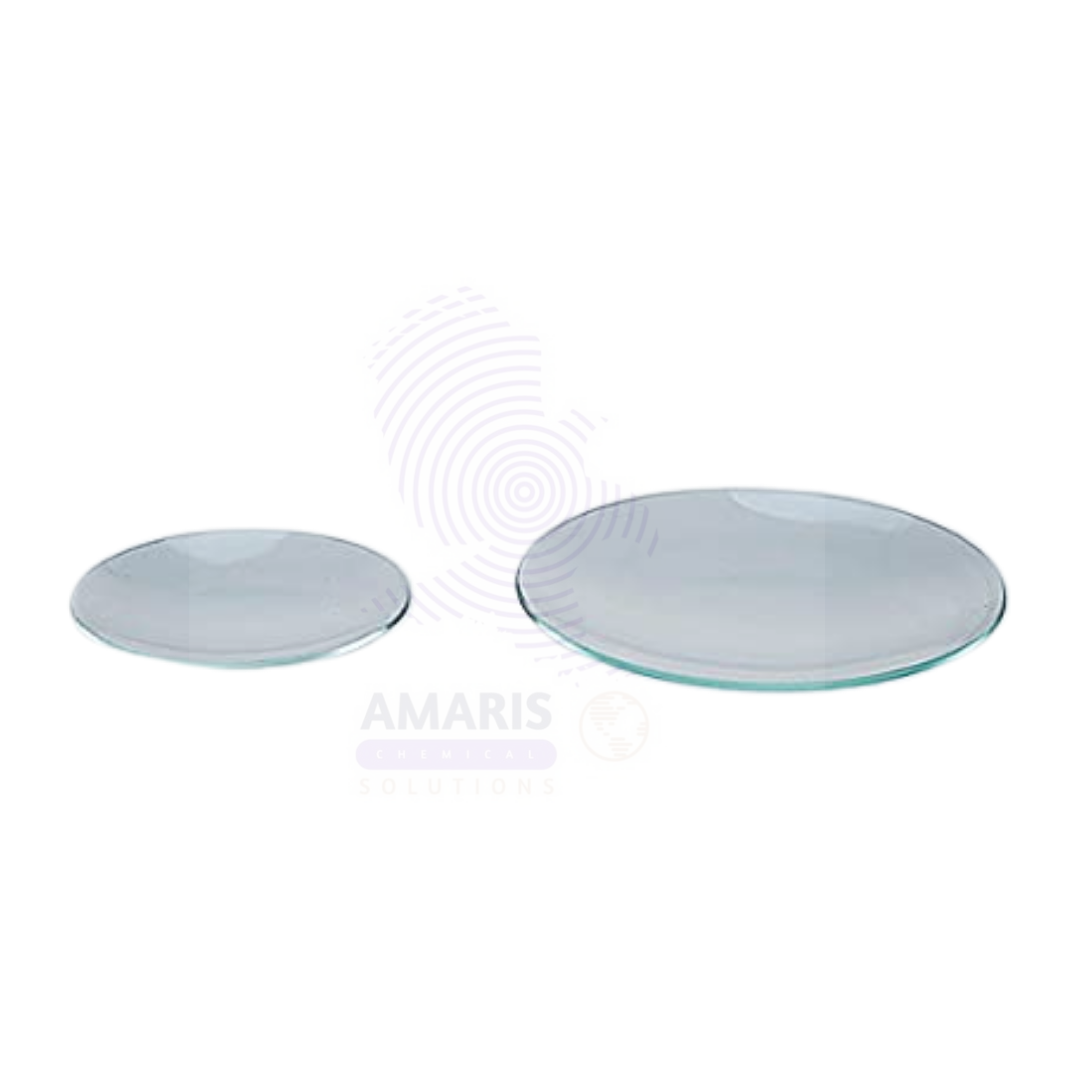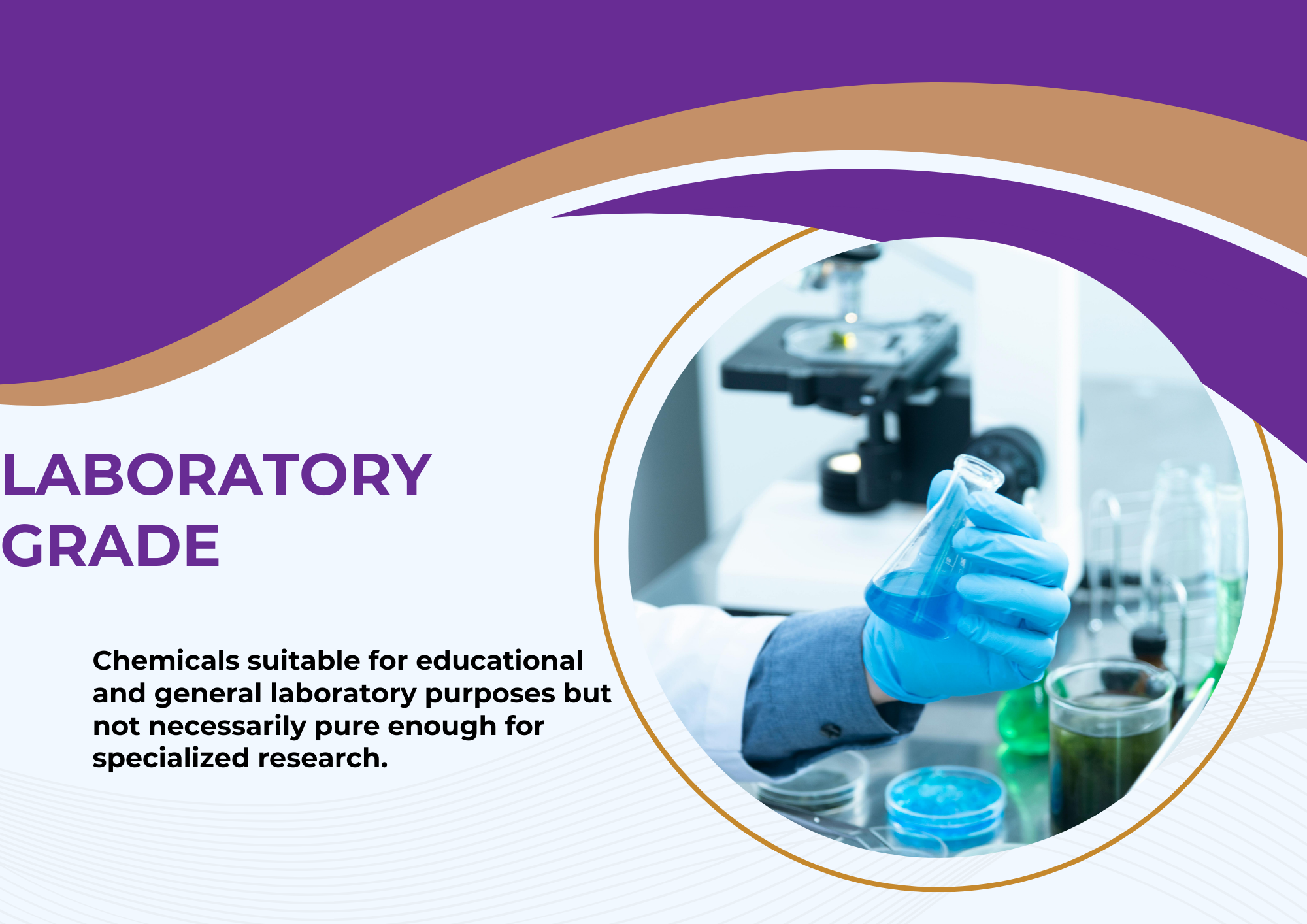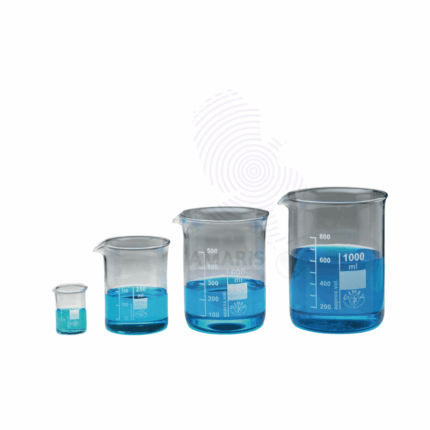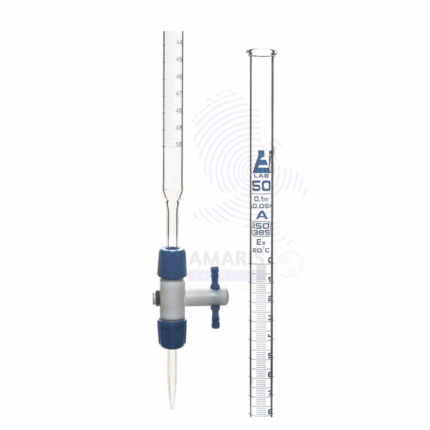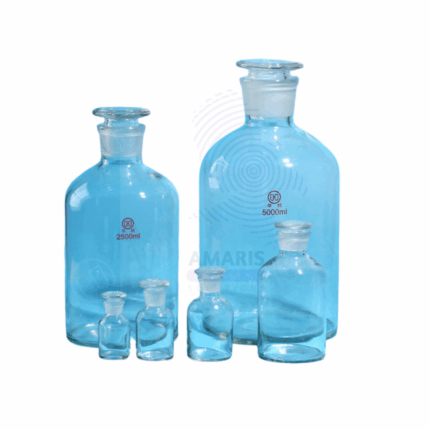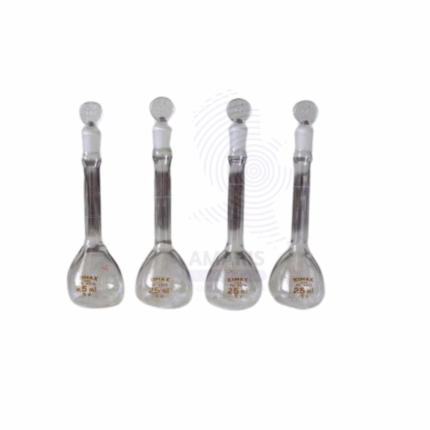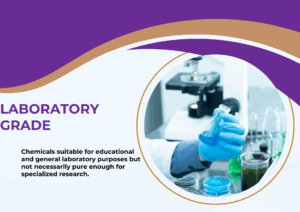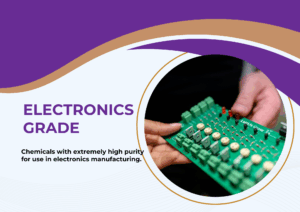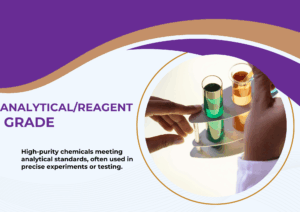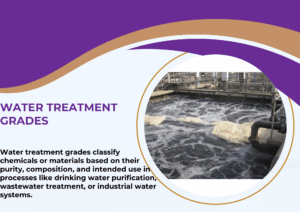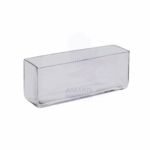
wash glass 50mm 75mm
$ 7.90 Original price was: $ 7.90.$ 7.74Current price is: $ 7.74.
Product Description
Wash Glass 50mm and 75mm are durable laboratory glassware items designed for safely and efficiently washing and rinsing laboratory equipment and samples. Made from chemically resistant borosilicate glass, these wash glasses are clear for easy visibility and withstand thermal and mechanical stresses encountered during laboratory procedures. The sizes 50mm and 75mm refer to the diameter of the glass, providing options for different volume requirements. Widely used in chemical, biological, and medical laboratories, Wash Glasses are essential for cleaning and sample preparation tasks, ensuring contamination-free processes.
wash glass 50mm 75mm
Primary Uses
- Laboratory and Medical Applications
- Used to rinse and wash laboratory glassware, pipettes, and sample containers.
- Employed in cleaning residues from chemical experiments and biological samples.
- Facilitates washing of precipitates during filtration and separation processes.
- Supports sample preparation by providing clean liquid rinsing.
- Used in clinical labs for washing slides and small instruments.
Secondary Uses
- Research and Industrial Applications
- Utilized in industrial labs for cleaning components during quality control procedures.
- Applied in environmental labs to prepare equipment between analyses.
- Used in educational laboratories for teaching proper glassware maintenance and cleaning.
Supports cosmetic and pharmaceutical labs in cleaning small tools and containers.
1.Basic Identification Attributes
- Material: Chemically resistant borosilicate glass
- Diameter: Available in 50mm and 75mm sizes
- Shape: Cylindrical with smooth rims for easy handling and pouring
2.Physical & Chemical Properties
- Chemical Resistance: Resistant to acids, alkalis, and organic solvents
- Thermal Resistance: Suitable for autoclaving and temperature variations typical in labs
- Transparency: Clear glass for easy inspection of contents and cleanliness
3.Safety & Hazard Attributes
- Fragile; handle with care to prevent breakage and injury
- Risk of contamination if not properly cleaned before use
4.Storage & Handling Attributes
- Store in a clean, dry place away from heavy impacts
- Inspect for chips or cracks before use
- Use protective gloves when handling to avoid cuts from broken glass
5.Regulatory & Compliance Attributes
- Manufactured to comply with laboratory safety and quality standards
- Suitable for use in GMP and GLP laboratories
6.Environmental & Health Impact
- Glass is recyclable and environmentally friendly
- Proper disposal recommended to minimize environmental waste
Safety Handling Precautions
- Handle with care to avoid breakage and injury
- Use gloves and eye protection during cleaning and handling of chemical residues
First Aid Measures
- For cuts from glass, clean wound thoroughly and seek medical attention if necessary
- In case of chemical exposure, follow appropriate first aid protocols
Firefighting Measures
- Non-flammable glass material
- Use appropriate extinguishing media for surrounding combustible materials


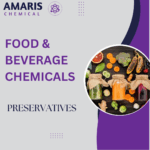 Preservatives(food)
Preservatives(food) Flavor Enhancers
Flavor Enhancers Acidulants
Acidulants Sweeteners
Sweeteners Antioxidants
Antioxidants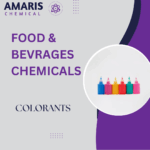 Colorants(food)
Colorants(food) Nutraceutical Ingredients (food)
Nutraceutical Ingredients (food)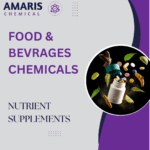 Nutrient Supplements
Nutrient Supplements Emulsifiers
Emulsifiers
 Collectors
Collectors Dust Suppressants
Dust Suppressants Explosives and Blasting Agents
Explosives and Blasting Agents Flocculants and Coagulants
Flocculants and Coagulants Frothers
Frothers Leaching Agents
Leaching Agents pH Modifiers
pH Modifiers Precious Metal Extraction Agents
Precious Metal Extraction Agents
 Antioxidants(plastic)
Antioxidants(plastic) Colorants (Pigments, Dyes)
Colorants (Pigments, Dyes)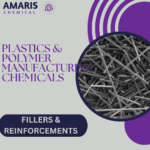 Fillers and Reinforcements
Fillers and Reinforcements Flame Retardants
Flame Retardants Monomers
Monomers Plasticizers
Plasticizers Polymerization Initiators
Polymerization Initiators Stabilizers (UV, Heat)
Stabilizers (UV, Heat)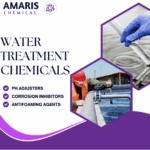
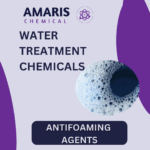 Antifoaming Agents
Antifoaming Agents Chelating Agents
Chelating Agents Coagulants and Flocculants
Coagulants and Flocculants Corrosion Inhibitors
Corrosion Inhibitors Disinfectants and Biocides
Disinfectants and Biocides Oxidizing Agents
Oxidizing Agents pH Adjusters
pH Adjusters Scale Inhibitors( water)
Scale Inhibitors( water)
 Antioxidants(cosmetic)
Antioxidants(cosmetic) Emollients
Emollients Fragrances and Essential Oils
Fragrances and Essential Oils Humectants
Humectants Preservatives
Preservatives Surfactants(cosmetic)
Surfactants(cosmetic) Thickeners
Thickeners UV Filters
UV Filters
 Fertilizers
Fertilizers Soil Conditioners
Soil Conditioners Plant Growth Regulators
Plant Growth Regulators Animal Feed Additives
Animal Feed Additives Biostimulants
Biostimulants Pesticides (Herbicides, Insecticides, Fungicides)
Pesticides (Herbicides, Insecticides, Fungicides)
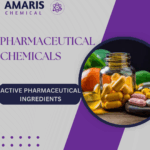 Active Pharmaceutical Ingredients (APIs)
Active Pharmaceutical Ingredients (APIs)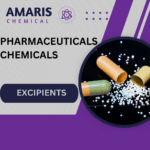 Excipients
Excipients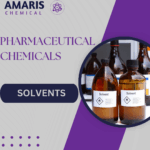 Solvents(pharmaceutical)
Solvents(pharmaceutical) Antibiotics
Antibiotics Antiseptics and Disinfectants
Antiseptics and Disinfectants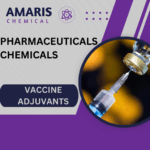 Vaccine Adjuvants
Vaccine Adjuvants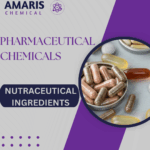 Nutraceutical Ingredients (pharmaceutical)
Nutraceutical Ingredients (pharmaceutical)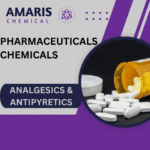 Analgesics & Antipyretics
Analgesics & Antipyretics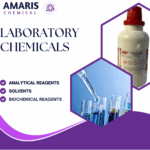
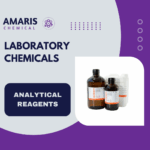 Analytical Reagents
Analytical Reagents Solvents(lab)
Solvents(lab)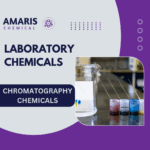 Chromatography Chemicals
Chromatography Chemicals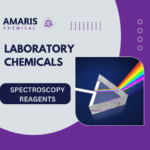 Spectroscopy Reagents
Spectroscopy Reagents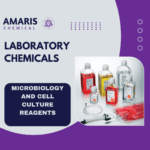 microbiology-and-cell-culture-reagents
microbiology-and-cell-culture-reagents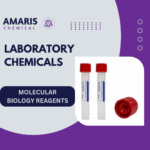 Molecular Biology Reagents
Molecular Biology Reagents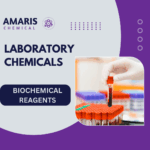 Biochemical Reagents
Biochemical Reagents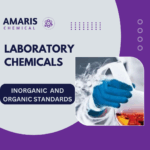 Inorganic and Organic Standards
Inorganic and Organic Standards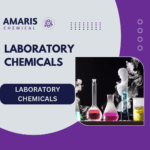 Laboratory Safety Chemicals
Laboratory Safety Chemicals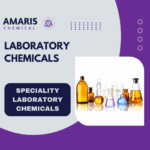 Specialty Laboratory Chemicals(Special Laboratory Equipment)
Specialty Laboratory Chemicals(Special Laboratory Equipment)
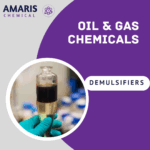 Demulsifiers
Demulsifiers Hydraulic Fracturing Fluids
Hydraulic Fracturing Fluids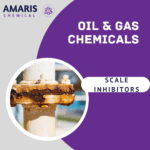 Scale Inhibitors(oil)
Scale Inhibitors(oil)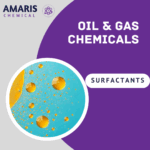 Surfactants(oil)
Surfactants(oil)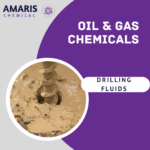 Drilling Fluids
Drilling Fluids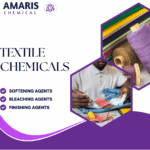
 Dyes and Pigments
Dyes and Pigments Bleaching Agents
Bleaching Agents Softening Agents
Softening Agents Finishing Agents
Finishing Agents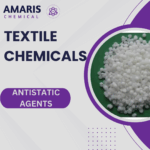 Antistatic Agents
Antistatic Agents
 Admixtures
Admixtures Waterproofing Agents
Waterproofing Agents Sealants and Adhesives
Sealants and Adhesives Curing Compounds
Curing Compounds Concrete Repair Chemicals
Concrete Repair Chemicals Anti-Corrosion Coatings
Anti-Corrosion Coatings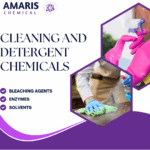
 Surfactants(cleaning)
Surfactants(cleaning) Builders
Builders Enzymes
Enzymes Solvents (Cleaning)
Solvents (Cleaning) Fragrances
Fragrances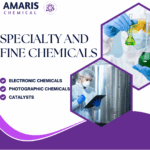
 Electronic Chemicals
Electronic Chemicals Catalysts
Catalysts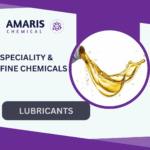 Lubricants
Lubricants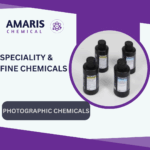 Photographic Chemicals
Photographic Chemicals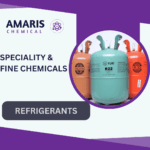 Refrigerants
Refrigerants Automotive chemicals
Automotive chemicals Pyrotechnic Chemicals
Pyrotechnic Chemicals
 Biodegradable Surfactants
Biodegradable Surfactants Bio-based Solvents
Bio-based Solvents Renewable Polymers
Renewable Polymers Carbon Capture Chemicals
Carbon Capture Chemicals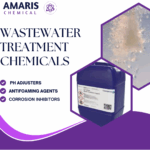 Wastewater Treatment Chemicals
Wastewater Treatment Chemicals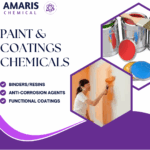
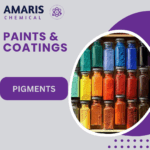 Pigments
Pigments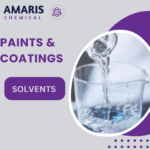 Solvents(paint)
Solvents(paint)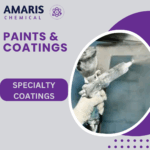 Specialty Coatings
Specialty Coatings Binders/Resins
Binders/Resins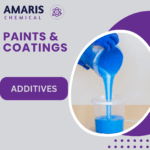 Additives
Additives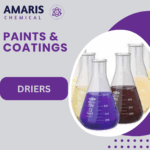 Driers
Driers Anti-Corrosion Agents
Anti-Corrosion Agents Functional Coatings
Functional Coatings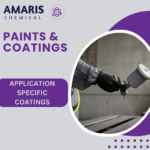 Application-Specific Coatings
Application-Specific Coatings
 Fresh Herbs
Fresh Herbs Ground Spices
Ground Spices Whole Spices
Whole Spices Spice Blends
Spice Blends Dried Herbs
Dried Herbs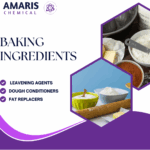
 Leavening Agents
Leavening Agents Dough Conditioners
Dough Conditioners Flour Treatments
Flour Treatments Fat Replacers
Fat Replacers Decoratives
Decoratives Preservatives(baking)
Preservatives(baking)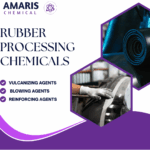
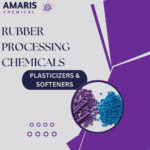 Plasticizers & Softeners
Plasticizers & Softeners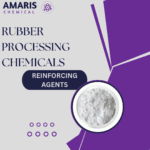 Reinforcing Agents
Reinforcing Agents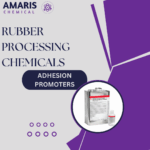 Adhesion Promoters
Adhesion Promoters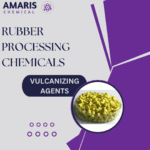 Vulcanizing Agents
Vulcanizing Agents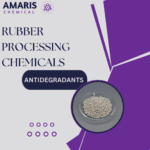 Antidegradants
Antidegradants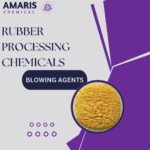 Blowing Agents
Blowing Agents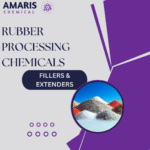 Fillers & Extenders
Fillers & Extenders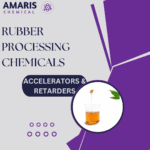 Accelerators & Retarders
Accelerators & Retarders